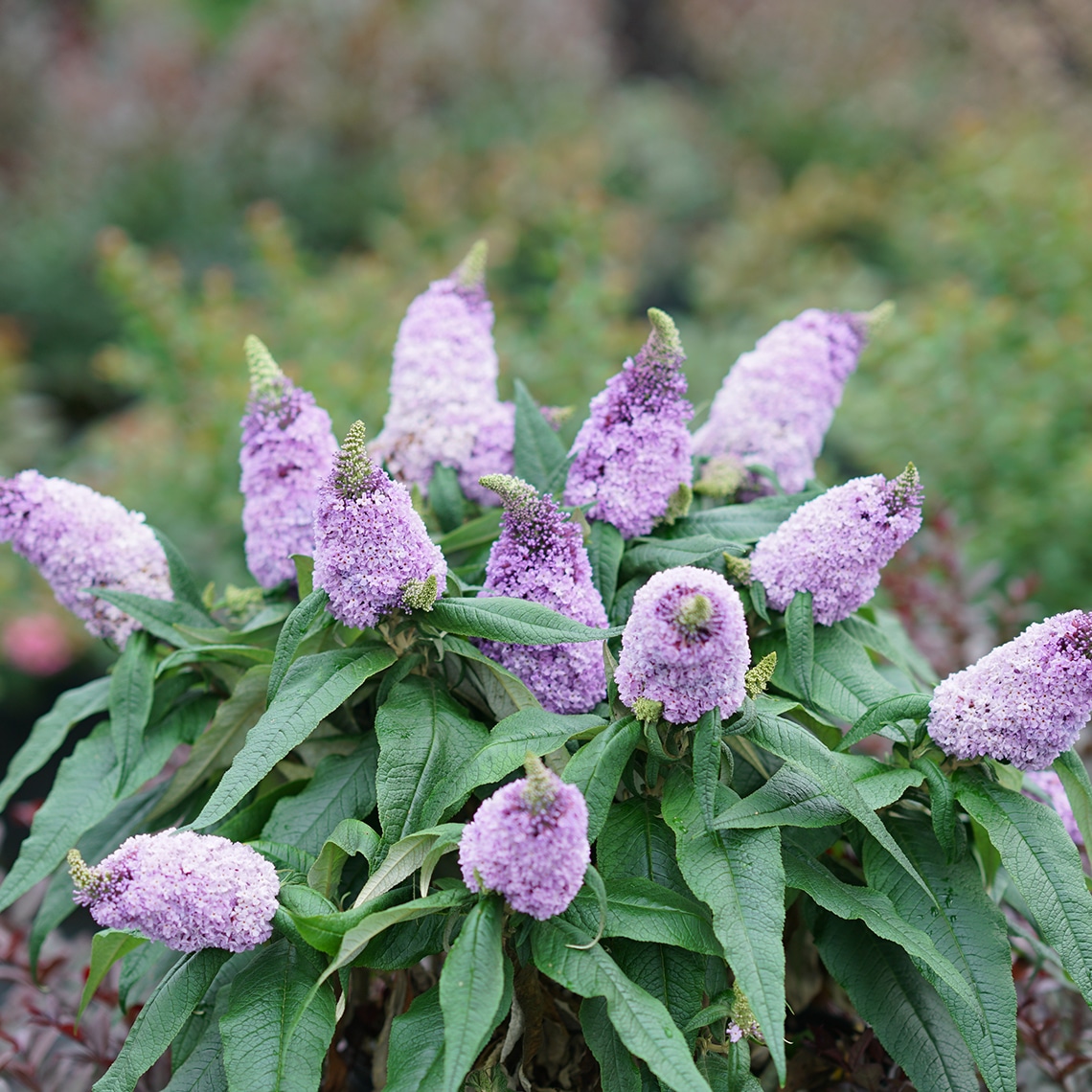Berberis thunbergii

Dwarf Barberries offer incredibly vibrant shades of red, gold, and orange while maintaining an naturally mounded form. They are incredibly tough shrubs, tolerating drought, clay, deer, and hot sun. Impressive when planted in groups or as a standalone feature in the landscape.
Featured Varieties:
Crimson Pygmy – Deep red leaves in spring and summer turn fiery orange in fall. 2-3 ft tall and wide.
Tiny Gold – Bright chartreuse foliage spring through fall. 1-2 ft tall and wide.
Rose Glow – Spring foliage is purple, with new growth emerging pink with white flecks. Reddish-purple fall color. 3-5 ft tall and wide.
Admiration – Fiery red-orange leaves are gilded with yellow margins spring through fall. 1.5-2 ft tall and wide.
Sunjoy Todo – Foliage is glossy, deep burgundy that makes the bright yellow spring blooms pop. 1.5-2 ft tall and wide.
Sunjoy Tangelo – Vivid orange foliage with lime margins atop a bright green base from spring through fall. 3-4 ft tall and wide.
Sunjoy Sequins – New growth appears to sparkle atop soft green foliage, with leaves speckled with shades of pink, white, and mint. 3-4 ft tall and wide.
- Barberries can tolerate some shade, but their best color comes with full, bright sun.
- Avoid planting in soggy sites, as Barberries prefer to stay on the drier side. Mix compost into the soil at planting time to improve drainage and water periodically.
- Barberries typically do not need regular fertilizing. Wood mulch provides enough nutrients as it breaks down, on top of helping to maintain even soil moisture and keeping the roots cool in the summer heat.
- While pruning isn’t usually necessary to maintain a Barberry’s shape, they can sometimes grow leggy stems that can be removed at any time. If tips do not re-leaf in spring, they should be pruned as well.
Consider these companion plants:








